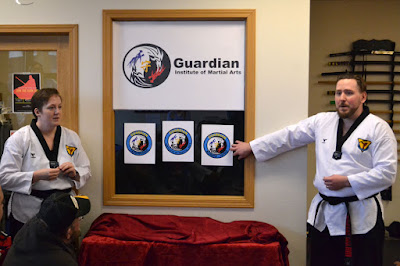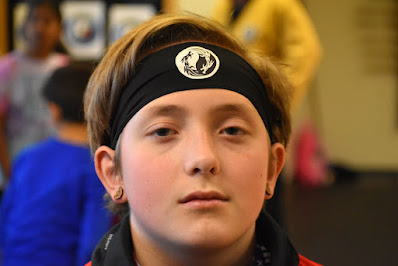_cover.jpg) |
| Not a happy story. There's violence, such as World War II. Image from wikipedia description of book. |
Late to the party, I know—but I’ve just finished the two-volumes of Maus, the graphic memoir by Art Spiegelman.
Of course, I have the wise leaders of the McMinn County Tennessee School Board to thank. In January, the board banned what is called a “graphic novel” from its eighth-grade curriculum. And I immediately wanted to read it.
A student who leads the campus newspaper staff happened to have taken a recent course on the Holocaust, and Maus was one of the books for the class (or two, they read both volumes). So, she let me read her copies. What with one thing and another (school, exams, etc.) it took a while for me to crack open these comics and have a look see at the latest threat to the tranquility of our children was.
And, wow. They banned that?
I mean, it’s the Holocaust. There was language, implied violence, abuse—all the neat features that genocide brings to the table. Plus, some difficult family dynamics, a mother who committed suicide plus a father who clearly was damaged, and although he’s a survivor, his life and his relationship with his narrator son is neither smooth nor easy.
I had also read that there is nudity—and frankly, I think there may have been some, but I didn’t notice it at all—whatever flash of the naughty bits there was, it wasn’t exactly a central feature of this tale. And, besides, naked mice. Land swan.
Would I have voted to ban this book? Heck no. The 13- and 14-year-olds of McMinn County probably, I would think, experience rougher content in most country music videos, let alone most PG-13 movies. Heck, remember abuela’s pain in Encanto?
One of the values of reading stories, both fictional and fact, is to learn, just a bit, to see the world through another’s eyes. And I don’t know about you, but by age 13 I was ready to learn that the world is not a perfect place of unicorns and fairies. There are cats and mice and pigs and fascists, too. I think it’s fair for a parent to know what their child is reading. And maybe some opt out option has to be offered to a parent who objects—but why would they? Maus requires some processing—some conversation and education. That’s what an eighth-grade class is for. Maus brings a compelling and important story to life in an interesting and different way—it’s exactly the kind of book to help young teens maybe start to understand the value of deeper stories, even if it is an expanded comic book.
For the most part, I don’t think most young teens are too immature for Maus. Apparently, some school board members are.
Banning books that make some people uncomfortable is where we are. It’s a step that ties into all kinds of unpleasant cultural threads that are unraveling our intellectual life and stifling our culture. For example, there are parents who want fairy tales re-written to eliminate what’s dark or scary. And, to be fair, older versions of many of our mainstream fairy tales are far rougher than the versions we typically read today—anybody remember Cinderella’s step sister slicing off her own toes?
However, it’s easy for this protective impulse to quickly go too far. A certain amount of peril or conflict is necessary for any powerful story. It’s why do so many parents die so early in so many foundational stories—a common feature of fairy tales. I think the reason is that children worry about that very thing, and it’s about the worst fate that they can imagine—so the story serves as a pleasantly scary “what if” kind of tale.
That’s fairy tales, however. There are no fairies in Maus. The middle schoolers who should have had access to this truth-based story are long past the point where they need The Wizard of Oz sanitized. Maus has great value because it’s a quick read that touches on deep subjects at many levels—and gives Miss Simmons (assuming Miss Simmons is the eighth grade English teacher) an outlet to bring in the true dark story of what actually happened in the time of World War II.
Truth, they say, is the first casualty of war. Our culture wars have escalated to the point where we don’t wait for combat, we stick a stake in the heart of truth before it can rise from the graves of our ignorance.
If you have a 13-year-old, buy them a copy of Maus. Have them read it (after you have) and then talk about it. It can open their eyes and yours.
And show you how wrong the McMinn County School Board was when they McMinn-imized education for their eighth graders.









